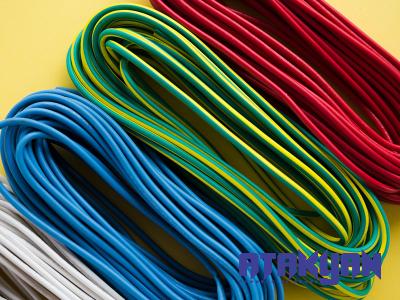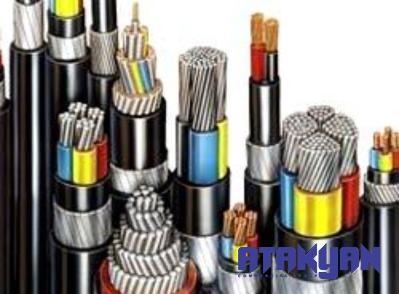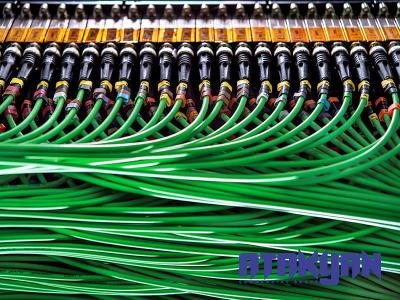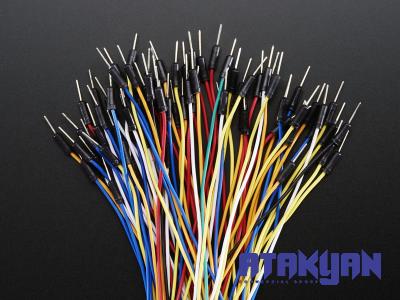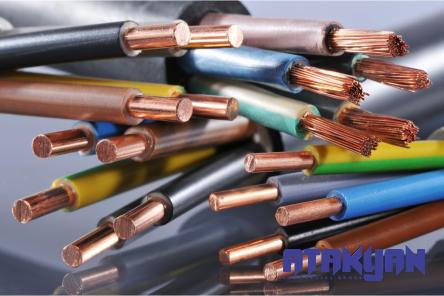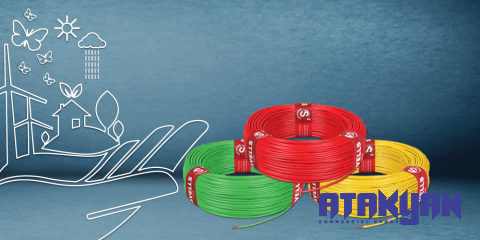A Comprehensive Overview
Introduction:
Subpowder welding types have gained significant popularity in various industries, thanks to their ability to produce high-quality welds with exceptional precision and efficiency. In this article, we will delve into the different types of subpowder welding, explore key considerations when purchasing subpowder welding equipment, and examine the price range for these types of machines.
Discuss Subpowder Welding Types:
Subpowder welding, also known as submerged arc welding (SAW), is a technique that involves melting a fusible electrode and a workpiece by the heat generated from an electric arc. The arc is shielded from air exposure by a layer of granular flux, which also contributes to the quality of the weld.
1. Standard Subpowder Welding:
Standard subpowder welding is the most widely used technique. It is suitable for a variety of applications and industries, including shipbuilding, pipeline construction, and structural steel fabrication. This method offers excellent deposition rates and deep penetration capabilities, resulting in high-quality, uniform welds.
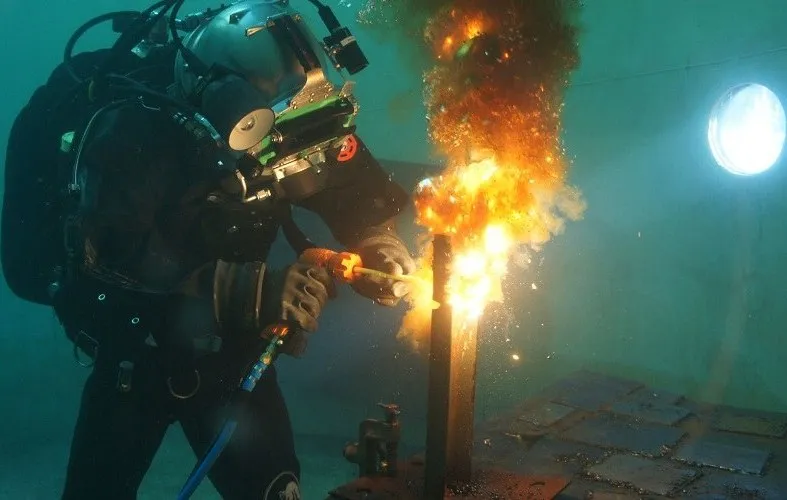
2. Tandem Subpowder Welding:
Tandem subpowder welding is a twin-wire variation of the standard method. It involves the use of two wires simultaneously, providing even higher deposition rates and faster welding speeds. Tandem subpowder welding is commonly employed in heavy fabrication projects, where productivity and efficiency are crucial. The increased wire feed can significantly reduce the time required to complete a weld, making it an attractive option for large-scale manufacturing operations.
3. Twin Subpowder Welding:
Twin subpowder welding combines two arcs with different characteristics to enhance the overall welding process. It involves the use of a high-current main arc and a low-current cored wire, resulting in improved weld quality, an increased deposition rate, and reduced distortion. Twin subpowder welding excels in applications where high-quality welds and productivity are paramount, such as pressure vessel construction.
Buying Subpowder Welding Types:
When considering the purchase of subpowder welding equipment, there are several crucial aspects to keep in mind.
1. Welding Application:
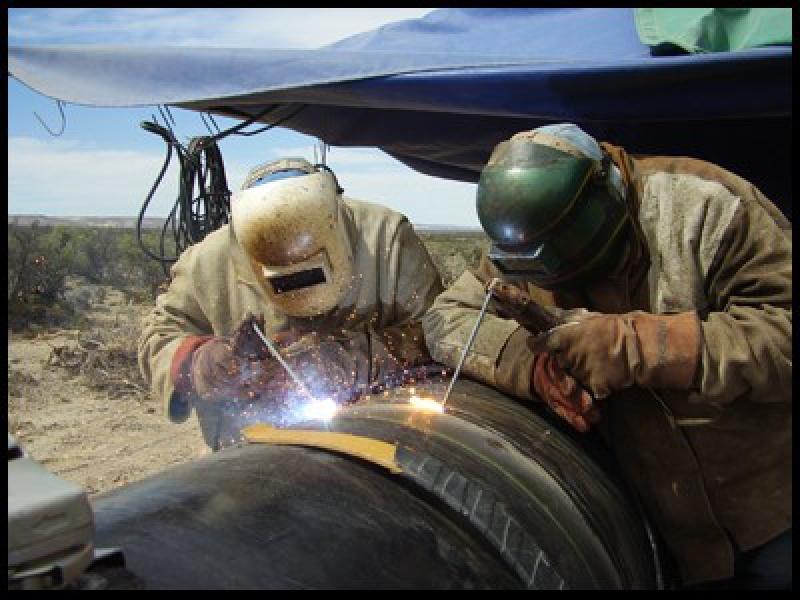
Start by clearly identifying your specific welding requirements. Determine the type of materials you will be working with, the thickness of the weldments, and the desired quality of the weld. This will help you choose the most suitable subpowder welding type for your needs.
2. Equipment Features:
Evaluate the features and capabilities of different subpowder welding machines available in the market. Consider factors such as power output, wire feed speed, maximum deposition rate, welding speed, and ease of use. Look for machines that offer advanced control systems for precise and efficient welding performance.
3. Dependability and Durability:
Ensure that the chosen subpowder welding equipment is robust and capable of withstanding demanding welding applications. Look for manufacturers with a reputation for product reliability and excellent customer support.
Price of Subpowder Welding Types:
The price of subpowder welding types can vary depending on several factors.
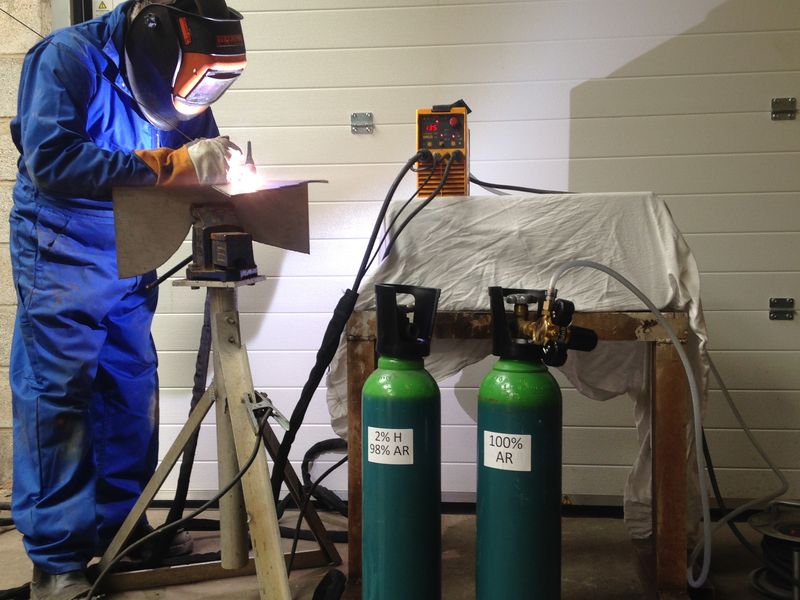
1. Machine Size and Capacity:
Larger subpowder welding machines with higher amperage capabilities are generally more expensive. Consider the scale of your welding projects and select a machine that matches your requirements without needless overspending.
2. Additional Features:
Additional features, such as advanced control systems, automation capabilities, and digital interfaces, can contribute to an increased price. Evaluate whether these features are necessary for your specific welding needs or if a more basic machine will suffice.
3. Brand and Quality:
Well-established brands with a track record of producing reliable and high-quality subpowder welding machines tend to have higher price tags. However, investing in a reputable brand can provide peace of mind and ensure the longevity of the equipment.
Conclusion:
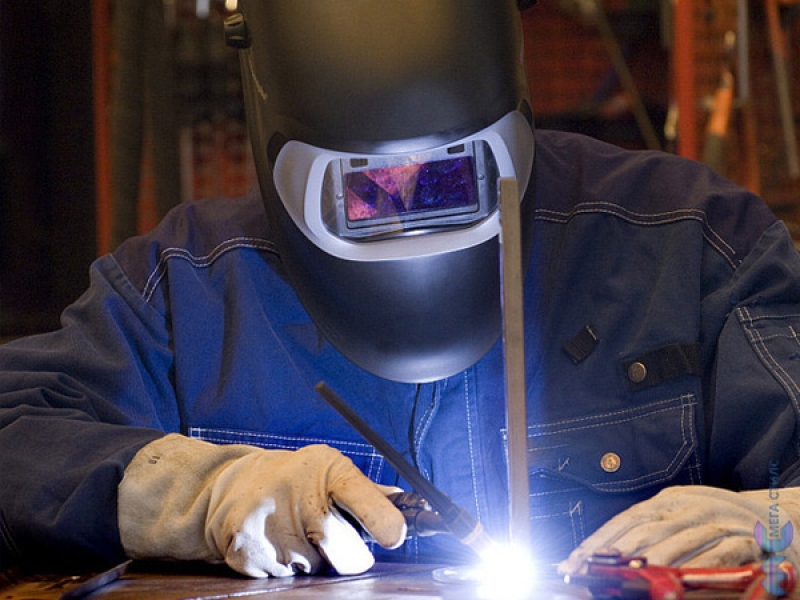
Subpowder welding types offer a range of options for various industries, enabling them to achieve high-quality welds with efficiency and precision. By understanding the different subpowder welding techniques available, considering key aspects when purchasing equipment, and evaluating the price factors, businesses can make informed decisions to meet their welding needs while optimizing productivity and minimizing costs.
